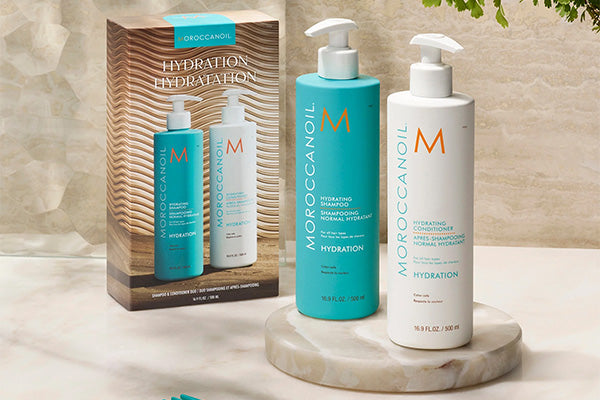Getting a nice, professional haircut is something that we all missed during the Covid-19 pandemic. With salons and barbers forced to close across the country, we were all left with stories of DIY cuts and lengthy locks unaffected by a dormant hairdressing price list. Now, with life returning to a semblance of normality, hairdressers are once again thriving.
It is interesting to know that despite the importance of the hairdressing industry, and the skill and professionalism of those who practice it, there exists a stigma that affects those who may wish to pick up a pair of scissors and join the sector.
Recently, a hairdresser based in Glasgow named Laura Leigh Kerr gave an interview in which she discussed the initial horrified reaction of her parents to the announcement that she was set to pursue a career cutting other people's hair.
“There's definitely a stigma attached to hairdressing and it's one I've been trying to change”, she told Scottish paper the Herald recently. “It's still seen as a very non-academic, it will get you out of the way of the buses kind of thing”.
These are certainly changing times for the beauty industry. The pandemic hit hairdressers and salons hard, with turnover reportedly falling by an average of 45 percent in 2020. On the flip side of this, a recent survey by the National Hair and Beauty Federation (NHBF) found that 40 percent of respondents intended to grow their business post-pandemic.
Unsurprisingly it is the traditional haircut that proved to be the most sought-after beauty care once lockdown ended. This accounted for 47 percent of all personal care bookings throughout the UK. It may also surprise you to learn that the most searched-for hairstyle in 2020, according to Google, was the bob.
Hairdressing is a growth industry, and despite traditional stigmas, it is a sector worth pursuing a career in.




